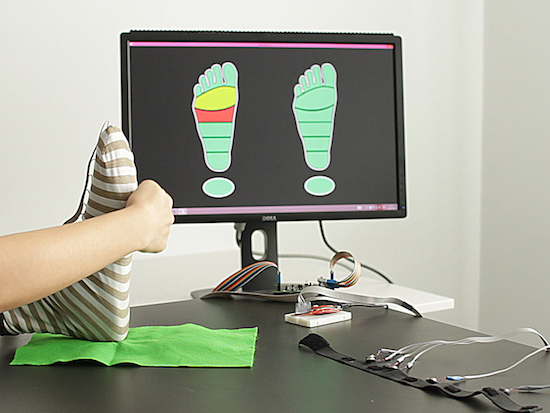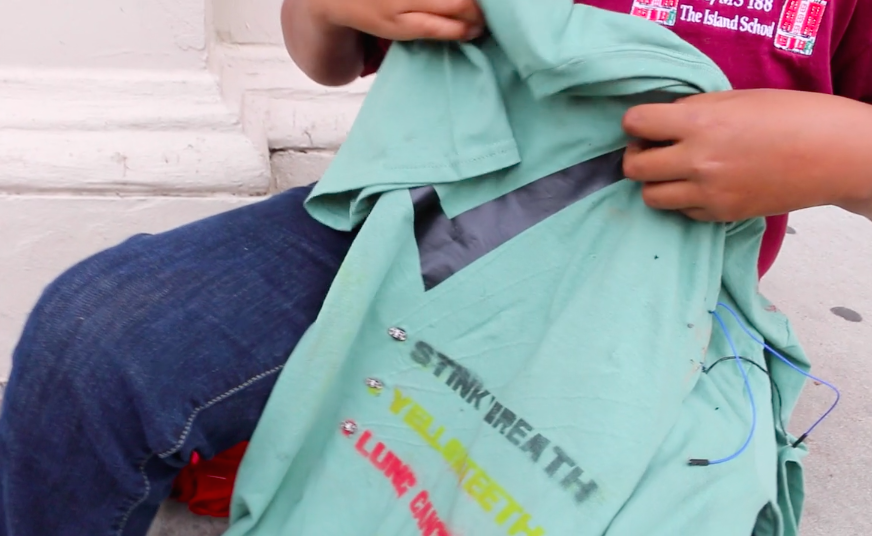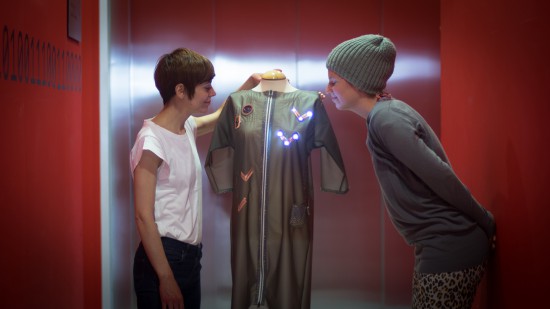Skintillates: Temporary tattoos with embedded electronics

Developed by a team of UC Berkeley students, Skintillates is a wearable technology that mimics tattoos.
When you think of temporary tattoos, you likely think of something that comes out of a gumball dispenser, or perhaps “art” that you got on a spring break trip. As interesting as those may be, Skintillates is taking things to the next level.
These “epidermal wearable interactive devices” can serve as everything from passive and active on-skin displays, to capacitive and resistive sensors for controlling gadgets, to strain gauges for posture detection.

Using several layers allows these designs to stick to the skin, integrate various electronics, and have visible art for others to see. Electronics can mean that the tattoos can integrate sensors, or perhaps even LEDs. In at least one case, these lights are programmed to flash along with the beat of music, driven by an Arduino hidden under the wearer’s clothing.
Just like the traditional temporary tattoos often worn by children and adults alike, Skintillates flex naturally with the user’s skin. Our simple fabrication technique also enables users to freely design and print with a full range of colors to create application-specific customized designs.
You can find more on this project on the Hybrid Ecologies Lab page and read the team’s entire paper here.
(Photos: Eric Paulos)











